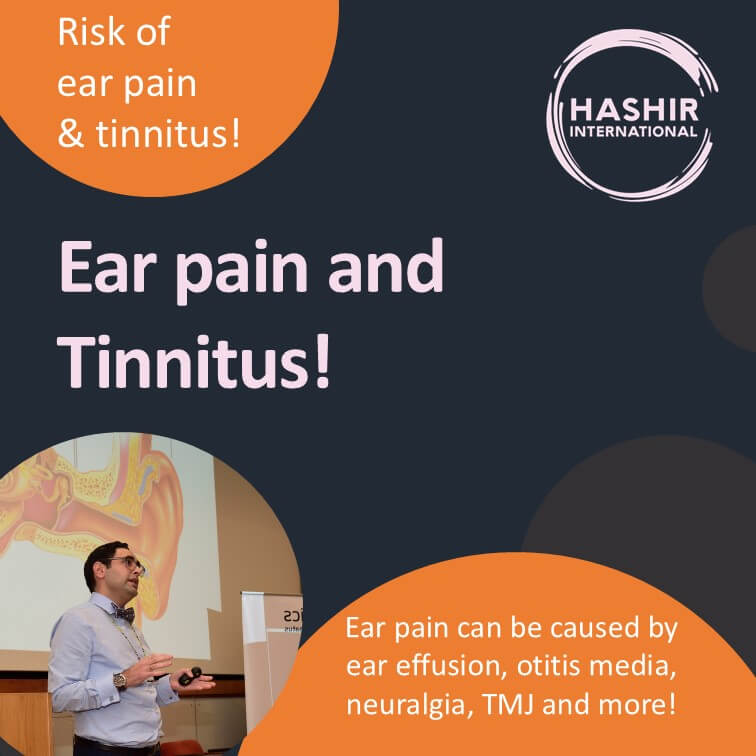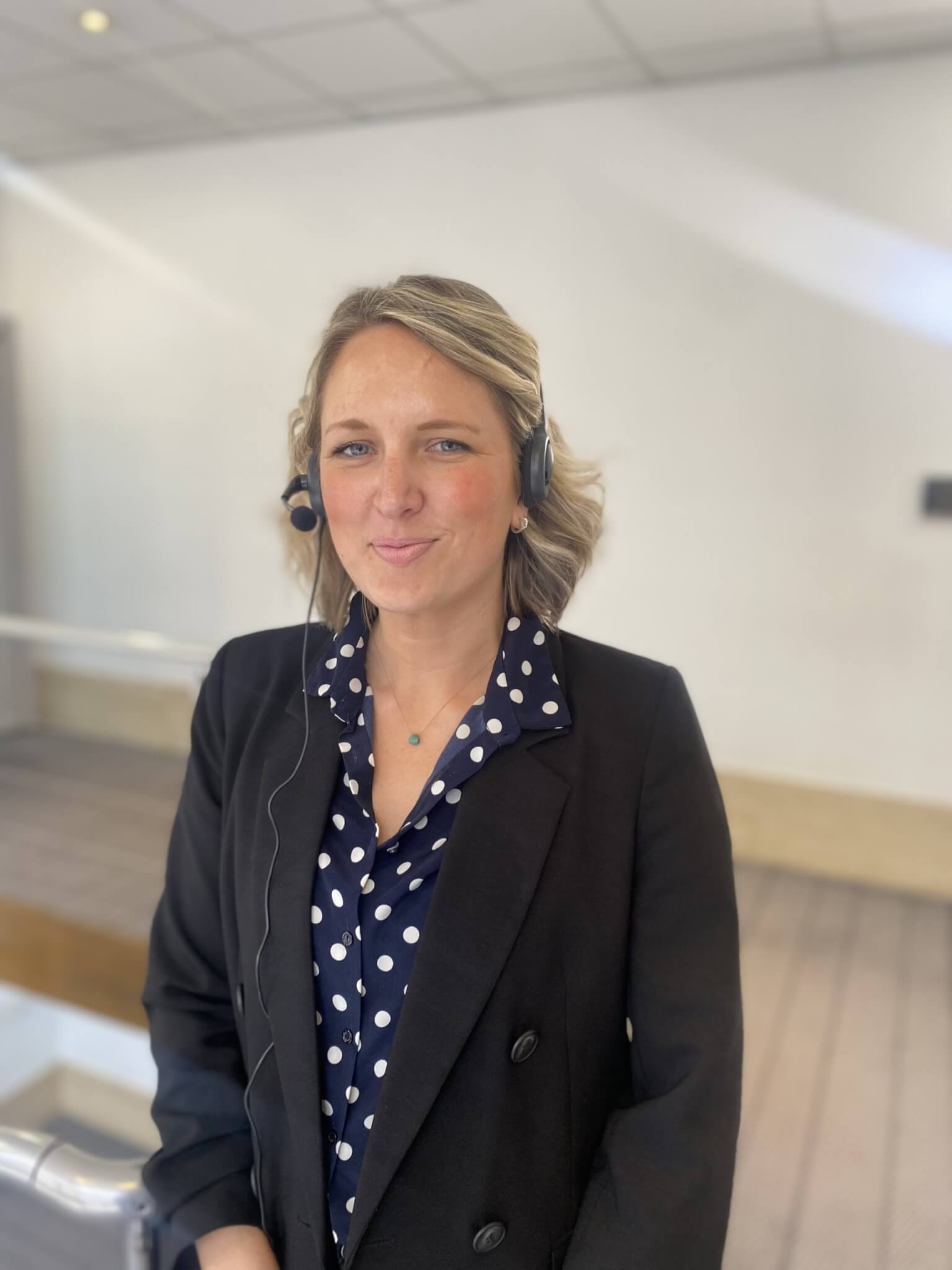
Hashir International Institute at London and Guildford clinics support patients who experience tinnitus and ear pian. Tinnitus combine with ear pain can be present among patients with ear effusion, otitis media, Eagle syndrome and neuralgia, temporomandibular disorders, arachnoid cyst, middle ear muscle abnormalities, ticks and mites in the ear canal. The first step for patients with tinnitus combined with ear pain is to see an ear-nose-throat (ENT) specialist for investigation of the underlying cause and treatment. Tinnitus may persist after treatment of the ear pain. A course of specialist rehabilitation programme based on cognitive behavioural therapy (CBT) has shown to be effective in alleviating tinnitus distress. After a course of rehabilitative CBT intervention, people do not feel stressed by their tinnitus and often perceive their tinnitus less loud.
Our Director, Dr Hashir Aazh said:

“It is not only the ear pain that warrants medical investigation and treatment. Ear conditions such as otosclerosis, cholesteatoma, middle ear or palatal myoclonus, dysfunction of the Eustachian tube, and vascular tumours can be present among patients with tinnitus. Majority of people with otosclerosis report tinnitus. Hearing loss and tinnitus are common among patients with cholesteatoma. Tinnitus due to middle ear and palatal myoclonus often sounds like crackling or clicking sound and studies suggest that it occurs due stress or noise exposure. Eustachian tube dysfunction can be related to tinnitus. Tumours of the arteries and veins in the middle ear can affect the transmission of sound from the eardrum to the cochlea, causing a hearing loss. Such tumours can also cause tinnitus that fluctuates in synchrony with the heartbeat and is likely to be caused turbulent blood flow (a form of objective tinnitus).”
Depending on the risks and severity of the condition, not all tinnitus patients may be offered or benefit from medical or surgical treatments for otosclerosis, cholesteatoma, middle ear or palatal myoclonus, dysfunction of the Eustachian tube, and vascular tumours. Therefore, some patients may need to learn to manage their tinnitus associated with these disorders as opposed to resolving the actual source.
Joanna Barker, Specialist Audiologist at Hashir International Institute, adds:

“CBT for patients with tinnitus combined with an underlying otological disorder needs to consider the known source of their tinnitus. For some patients, tinnitus is in fact a real sound, objective tinnitus (i.e., pulsatile tinnitus related to cholesteatoma or vascular tumours, or clicking/crackling tinnitus related to middle ear or palatal myoclonus or dysfunction of the Eustachian tube). The mechanism in which give rise to tinnitus impacts on how a rehabilitative CBT treatment should be formulated.”
For further information, please contact:
Hashir International Institute, 167-169 Great Portland Street, 5th Floor, London, W1W 5PF
Hashir International Institute, 54 Quarry Street, Guildford. GU1 3UA
admin@hashirtinnitusclinic.com
About Hashir International Institute:
Hashir International is an independent research institute and treatment centre dedicated to improving the diagnostic process and rehabilitation programs for patients experiencing misophonia, tinnitus and hyperacusis. They offer specialist training courses, ethical review of research proposals, research design, research sponsorship, and supervising MSc and PhD students.